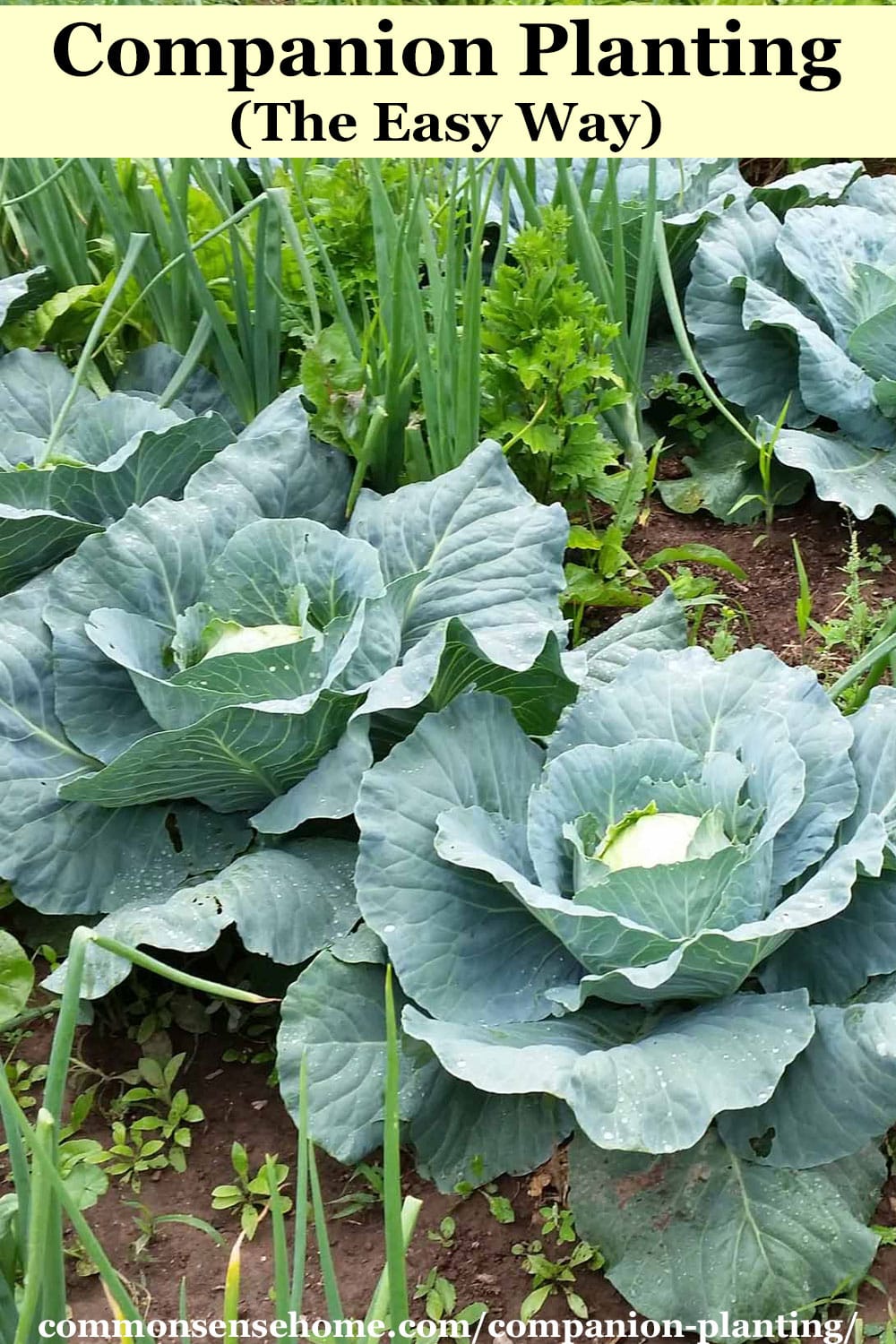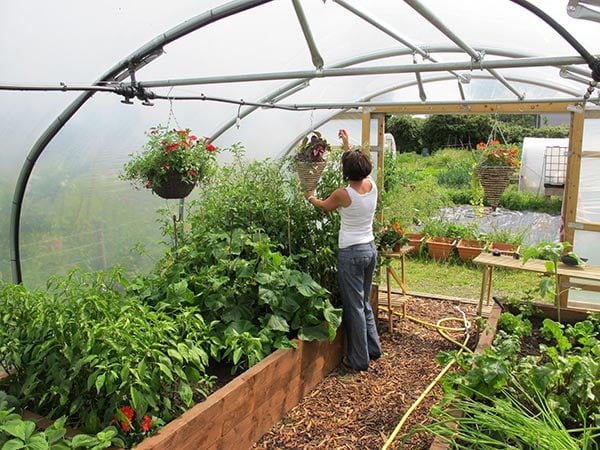The Best Companion Plants For Celeriac
The Best Companion Plants for Celeriac
Celeriac is a celery-like vegetable that grows a large, bulbous root. It has a slightly sweet and nutty flavor and can be used in a variety of dishes, such as soups, stews, and salads. Celeriac is a relatively easy vegetable to grow, but it can benefit from companion planting.
Companion planting is the practice of planting different types of plants together in order to create beneficial relationships between them. Some plants can help to attract beneficial insects, deter pests, or improve the soil quality. By planting celeriac with the right companion plants, you can help to ensure a healthy and productive crop.
Here are some of the best companion plants for celeriac:
- Allium vegetables, such as onions, garlic, and chives, can help to repel pests, such as carrot flies and celery leaf miners.
- Brassicas, such as broccoli, cabbage, and kale, can help to attract beneficial insects, such as ladybugs and hoverflies, which prey on pests.
- Legumes, such as peas and beans, can help to fix nitrogen in the soil, which can benefit celeriac.
- Spinach and lettuce can help to suppress weeds and improve the soil quality.
- Herbs, such as mint, dill, and thyme, can help to repel pests and improve the flavor of celeriac.
Here are some plants that you should avoid planting near celeriac:
- Tomatoes can attract the same pests as celeriac, such as carrot flies and celery leaf miners.
- Squash and cucumbers can compete with celeriac for water and nutrients.
- Potatoes can transmit diseases to celeriac.
When planting celeriac with companion plants, it is important to consider the size and growth habit of each plant. For example, you should not plant celeriac next to tall plants that will shade it. You should also avoid planting celeriac near plants that have similar water and nutrient requirements.
By following these tips, you can create a successful companion planting scheme for celeriac. This will help to ensure a healthy and productive crop.
Celeriac is a delicious and versatile root vegetable that can be enjoyed in many different dishes. But did you know that companion planting can help celeriac plants thrive?
Companion planting is the practice of planting certain types of plants together to benefit each other. Some good companion plants for celeriac include:
- Brassicas: These plants, such as broccoli, cabbage, and cauliflower, help to repel pests that can damage celeriac.
- Alliums: Onions, garlic, and chives release sulfur compounds that can help to deter pests and diseases.
- Tomatoes: Tomatoes produce a substance called ethylene, which can help celeriac to grow larger and more flavorful.
- Lettuce: Lettuce helps to suppress weeds and improve the drainage of the soil around celeriac plants.
- Spinach: Spinach is a nitrogen-fixing plant, which means it can help to add nitrogen to the soil, which celeriac needs to grow well.
If you're looking to grow celeriac in your garden, I recommend doing some research on companion planting to find the best plants to grow alongside it. You can find more information about companion planting for celeriac at Gardenia Inspiration.
FAQ of companion plants for celeriac
- What are good companion plants for celeriac?
- Brassicas: These plants, such as broccoli, cabbage, and cauliflower, help to repel pests that target celeriac, such as aphids and cabbageworms.
- Alliums: These plants, such as onions, garlic, and leeks, also help to repel pests and can improve the flavor of celeriac.
- Tomatoes: Tomatoes can help to deter nematodes, which are a common pest of celeriac.
- Lettuce: Lettuce can help to suppress weeds and improve the drainage around celeriac plants.
- Spinach: Spinach can help to improve the nitrogen levels in the soil, which celeriac needs to thrive.
- What are bad companion plants for celeriac?
- Squash: Squash can compete with celeriac for water and nutrients.
- Cucumbers: Cucumbers can also compete with celeriac for water and nutrients.
- Potatoes: Potatoes can harbor pests and diseases that can also affect celeriac.
- Asparagus: Asparagus can release chemicals that can stunt the growth of celeriac.
- Parsley: Parsley is a member of the same family as celeriac, and planting them too close together can attract pests.
- How far apart should celeriac plants be spaced?
Celeriac plants should be spaced at least 12 inches apart. This will give them enough room to grow and develop their large roots.
- What kind of soil does celeriac need?
Celeriac needs well-drained, fertile soil that is rich in organic matter. The pH of the soil should be between 6.0 and 7.0.
- How much water does celeriac need?
Celeriac needs regular watering, especially during hot, dry weather. The soil should be kept moist, but not soggy.
Image of companion plants for celeriac
5 different images of companion plants for celeriac:
- Spinach: Spinach is a good companion plant for celeriac because it helps to repel pests and diseases.

- Peas: Peas are another good companion plant for celeriac because they help to fix nitrogen in the soil, which is beneficial to celeriac.

- Lettuce: Lettuce is a good companion plant for celeriac because it helps to shade the soil, which can help to prevent celeriac from bolting.

- Carrots: Carrots are a good companion plant for celeriac because they help to deter pests such as carrot fly.

- Onions: Onions are a good companion plant for celeriac because they help to repel pests such as aphids.

Post a Comment for "The Best Companion Plants For Celeriac"